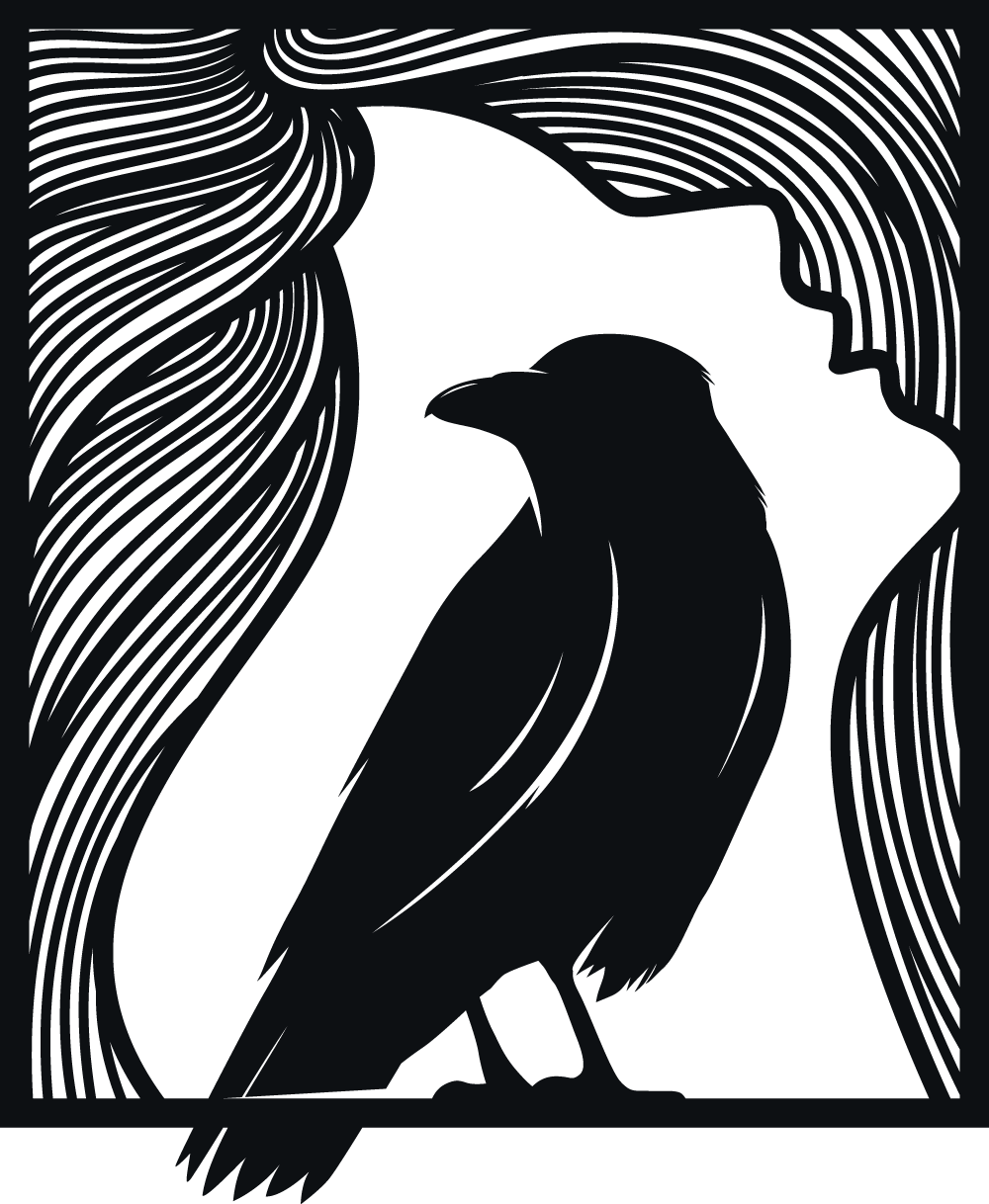
History of Tarot
The exact origin of tarot is unknown. It is widely believed that tarot cards originated from playing cards. To better understand the history of tarot, let's explore the history of playing cards. The cards known in Europe probably have their roots in the Egyptian Mamluk deck, which was invented around the 14th century. The word "tarot" has Italian origins, though its exact meaning remains a mystery. The earliest European mention of playing cards dates back to 1367, although this date is somewhat disputed. It's associated with a ban on card games in the city of Berne. In 1377, John of Rheinfelden described playing cards and their moral significance. From this point onward, more records, often related to bans on card games, began to appear. The oldest complete deck still in existence is the Flemish hunting deck from the 15th century, housed in the Metropolitan Museum of Art.
History of Tarot for Divination
An anonymous manuscript from around 1750 documents the use of tarot for fortune-telling and divination. Jean-Baptiste Alliette, a French occultist and tarot researcher, is said to be the first to publish esoteric meanings for the cards. In 1789, he published the first deck of cards specifically designed for occult purposes. This deck consisted of 78 colored cards engraved by Pierre Francois Bason and was promoted as a tool for both spiritual and mundane divination. Alliette assigned meanings to each card, drawing inspiration from astronomy, the elements, and the Egyptian Book of Thoth, making it highly popular.
Interesting Facts
- Playing cards were used to pass information to troops during World War II.
- The largest known playing card collection includes 11,087 decks.
- The word "tarot" or "taroch" was once used as a synonym for foolishness, and the verb "Taroccare" was employed to indicate that something was fake or forced.
The Cards
Tarot is a form of divination that employs a deck of cards known as tarot cards to gain insights into the past, present, and future. It can also provide deeper insights into life processes or explore thoughts and emotions. Tarot can offer guidance and answers on how to proceed or whether to take a step back. Tarot consists of 78 cards divided into two main categories: the Major Arcana and the Minor Arcana.
Major Arcana
Each card in the Major Arcana represents a major life event or spiritual lesson. These cards are considered the most significant in a tarot reading. There are 22 cards, starting with 0, The Fool, and ending with 21, The World.
Minor Arcana
The Minor Arcana consists of 56 cards and is divided into four suits. The resemblance to a standard playing deck is quite clear in these cards. The suits are wands, cups, swords, and pentacles, with each suit containing 14 cards.
Introduction
When interpreting Tarot cards, it is essential to explore and analyze all the elements present on the card. Reading the symbolism within each card provides valuable insights into its meaning within the spread you've conducted. You can closely examine several aspects, including:
- The weather
- Landscape
- Sky
- Animals
- People
- Expression
- Clothes
- Symbols
In my explanation of the cards and their symbolism I use the Robin Wood Tarot Deck.

